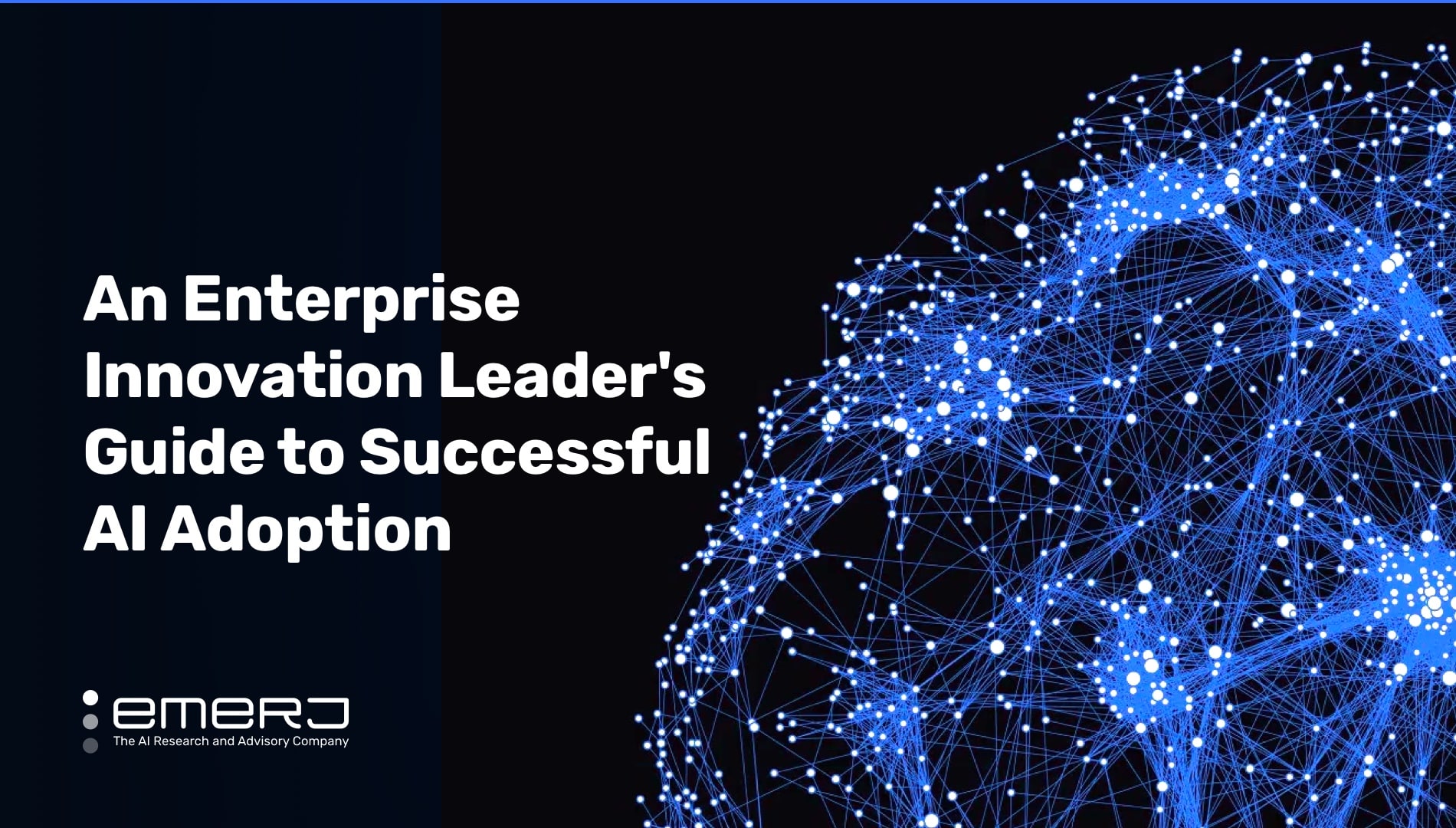This article was a request from one of our Catalyst Advisory Program members. The Catalyst Advisory Program is an application-only business growth coaching program for AI consultants and AI service providers. The program helps AI consulting and services leaders win more deals and deliver more client value. Members receive one-to-one advisory, group coaching, and proprietary Catalyst AI best-practice frameworks. Learn more or apply at: emerj.com/catalyst.
Last week in our Emerj Plus best practice guide article, we covered the keys to selling AI services into the enterprise - and this week we'l...
[mrj_paywall] unauthorized access




















